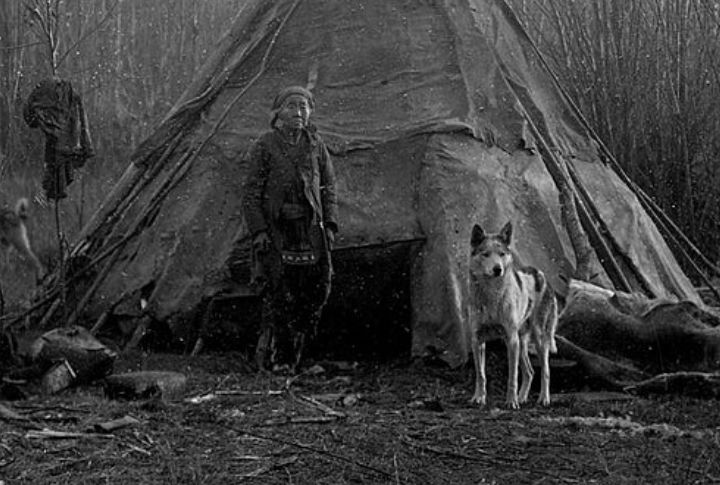
We all have to give it up to technology, because somehow, it just helped a Ymyyakhtakh warrior’s face, lost for ages, come back into the picture. His reappearance opens a rare window into a vanished world, so here are 10 fascinating facts about the mysterious culture and the recent findings.
He Came From An Early Ymyyakhtakh Culture
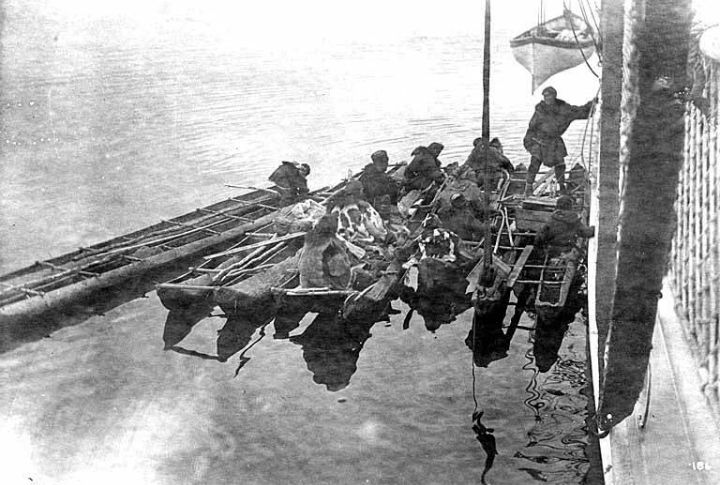
The Ymyyakhtakh culture endured, trekking across the icy Arctic Siberia with bone tools in hand. Around 2200 BCE, these nomadic warriors crafted a legacy etched in permafrost. They built tents from animal hides and tools from bones. Ever hear of a tribe that honored silence with fire? That’s them.
The Ymyyakhtakh Were Bone Tool Innovators
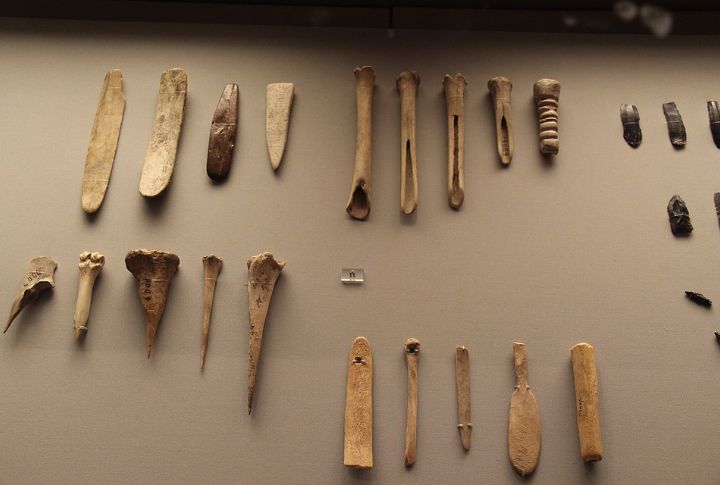
Around 2100 BCE, these hunter-gatherers turned leftover elk bones into deadly arrowheads, strong enough to pierce flesh and spirit. A sharpened jawbone could carve hides like a blade. You wouldn’t want to meet a Ymyyakhtakh warrior on his best day and be their opponent.
The Altai Wapiti Were Key Resources For Survival
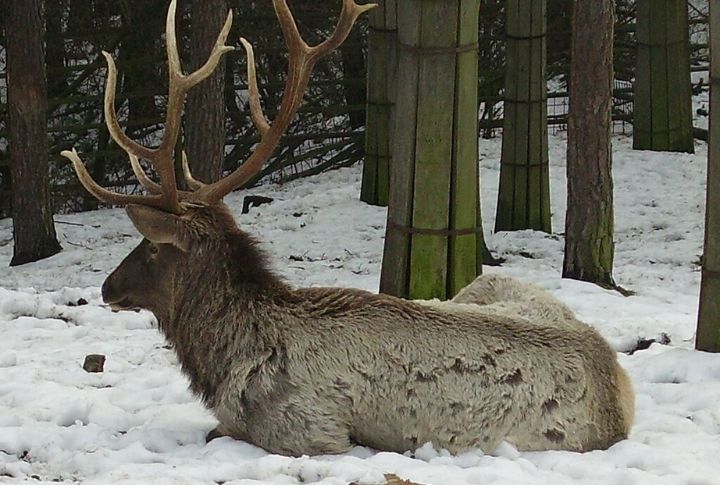
Altai wapiti—the Siberian elk—stood tall and delicious. But to the Ymyyakhtakh, it meant more than meat. By 2000 BCE, this beast gave up bones for armor, sinew for string, and antlers for sacred tools. Not a scrap was wasted. Hunters chanted thanks before the kill, understanding the circle of life.
They Burned Flames Beneath The Heads Of The Fallen

Around 1900 BCE, the Ymyyakhtakh began burning flames beneath the heads of their departed. This was a ritual. They believed the soul rested in the skull or hair, and fire released it skyward. Sometimes, the flames didn’t just send off the spirit—they cleansed the burial ground for what came next.
Warriorhood Life Wasn’t Easy
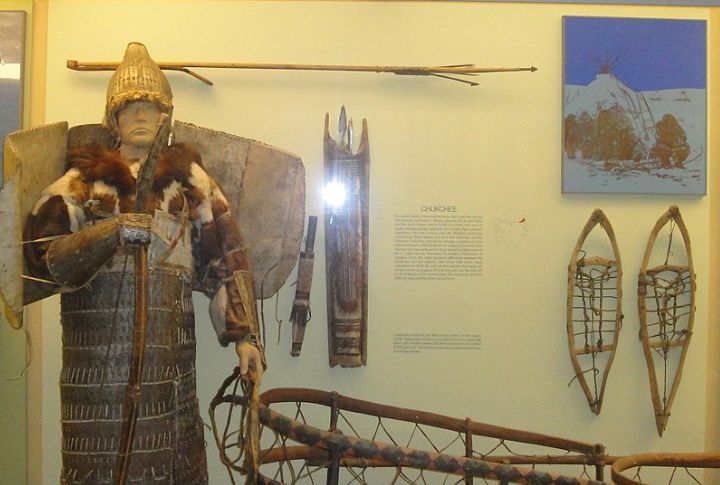
When a warrior grew into adulthood, their bones told the truth: overbuilt right shoulder, fractured arms, bowed legs carved by marches across icy plains. By the time one became qualified, he’d been through an ambush or war—maybe both. Btw, the warrior whose face was uncovered was part of this group.
They Built Their Weapons By Hand
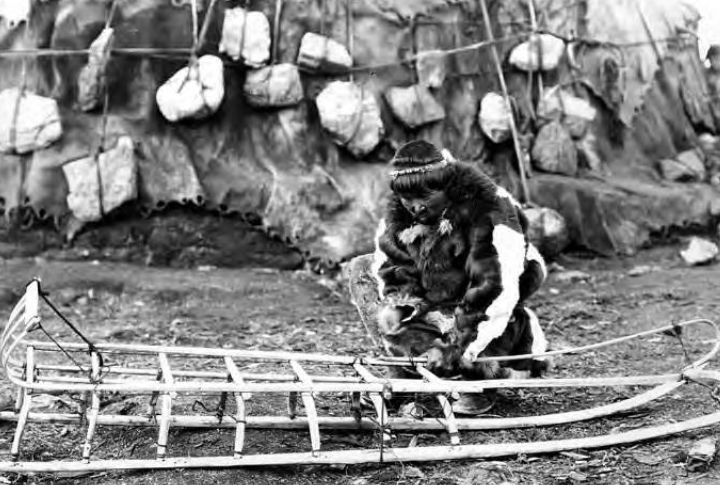
Somewhere around 1810 BCE, warriors didn’t just fight with tools—they probably made them themselves. Their slate adze was perfectly ground, and their bone kits were etched with care. When they went to the battlefield, they came ready to fight with what they had made themselves.
A Digital Skull Scan Unlocks Ancient Face In 2023
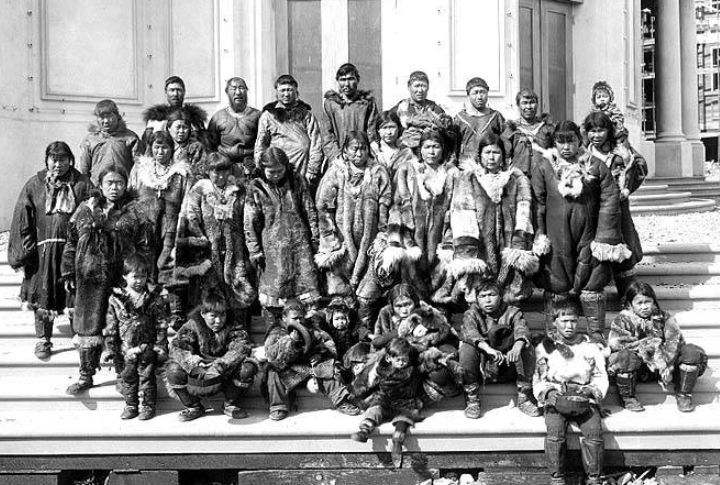
Now, fast-forward. Preserved in ice, one warrior’s skull waited quietly. In 2023, a 3D scan finally captured every detail, where every ridge, fracture, and curve was traceable. That scan let scientists reconstruct a face lost to time—one that now looks back.
This Warrior-Archer Is Remembered As One Of The ‘Dogs Of War’
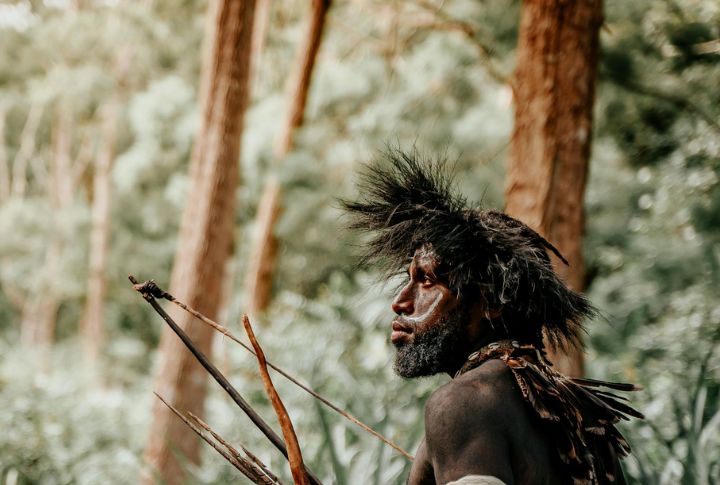
“He could have been a warrior-archer,” said Liliya Alekseeva, director of the museum. “There is such a term—dogs of war. It seems to me that this is exactly about our hero.” His tools, injuries, and burial say the same. He was a fighter.
NEFU Introduces Immersive VR Experience Of Burial Scene
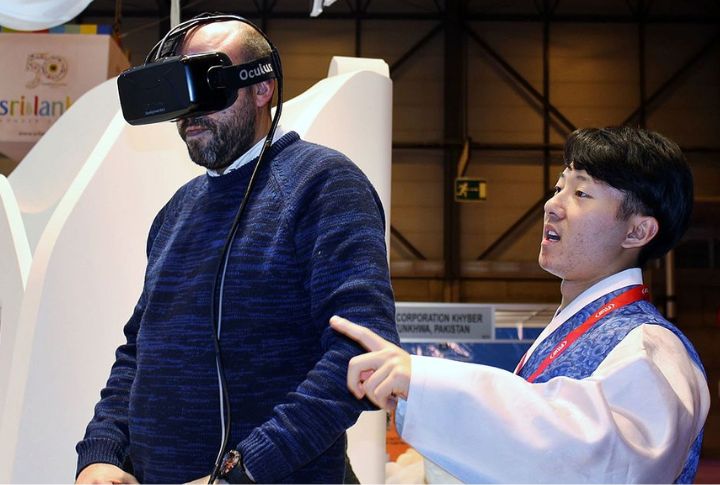
NEFU created a virtual experience using data from the site that allows visitors to step into the frozen forest where the warrior was buried. Users move through the reconstructed grave, see where his shield lay, and VR includes sounds inspired by Siberian cultures.
The Genetic Data Links To Arctic Indigenous Communities
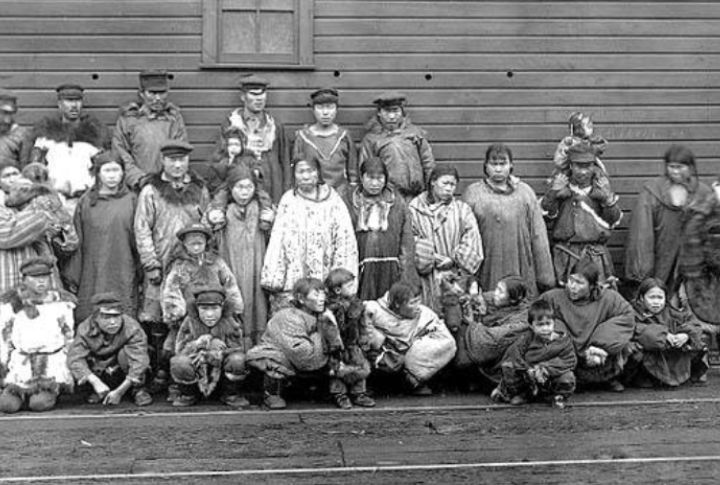
DNA analysis linked the warrior’s genome to modern populations living in Siberia’s Arctic region. His remains preserved enough genetic material to help researchers connect him to the broader family of early northern peoples still rooted in that terrain today.

